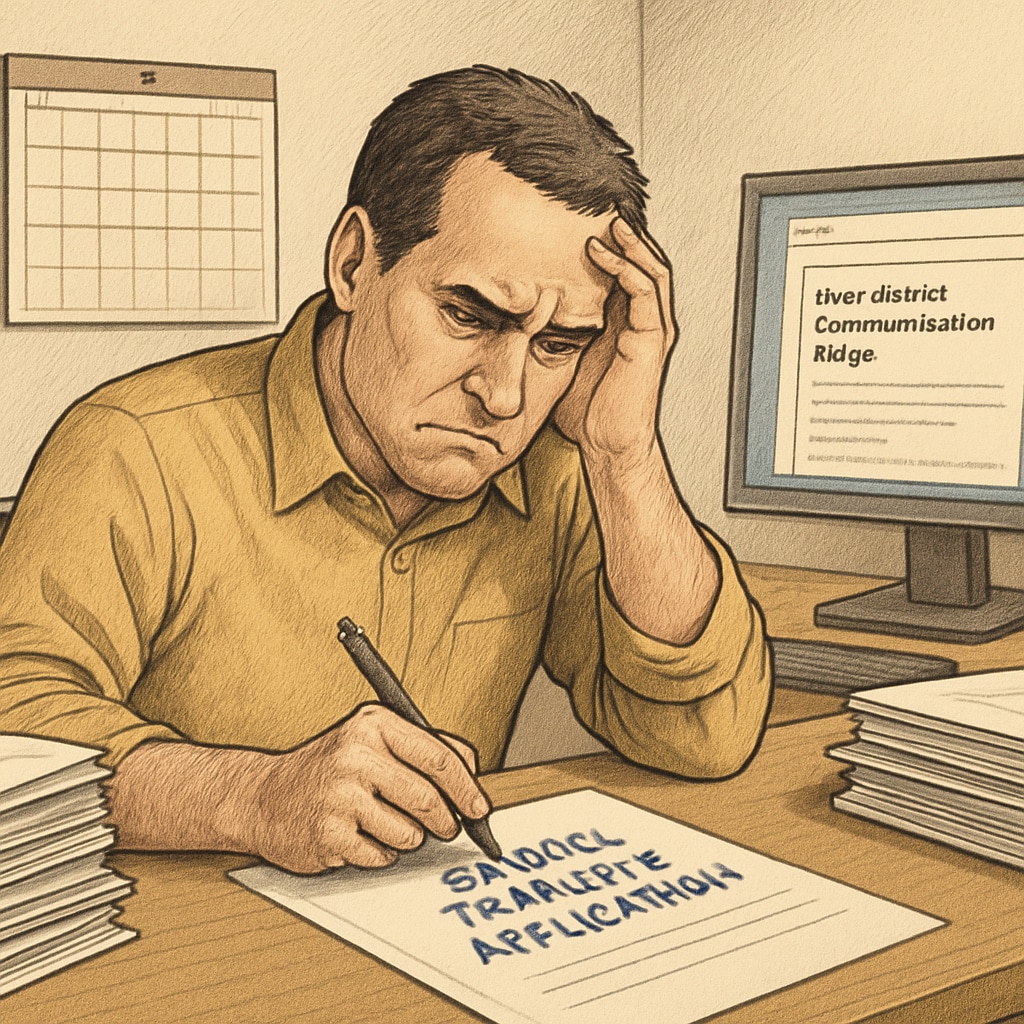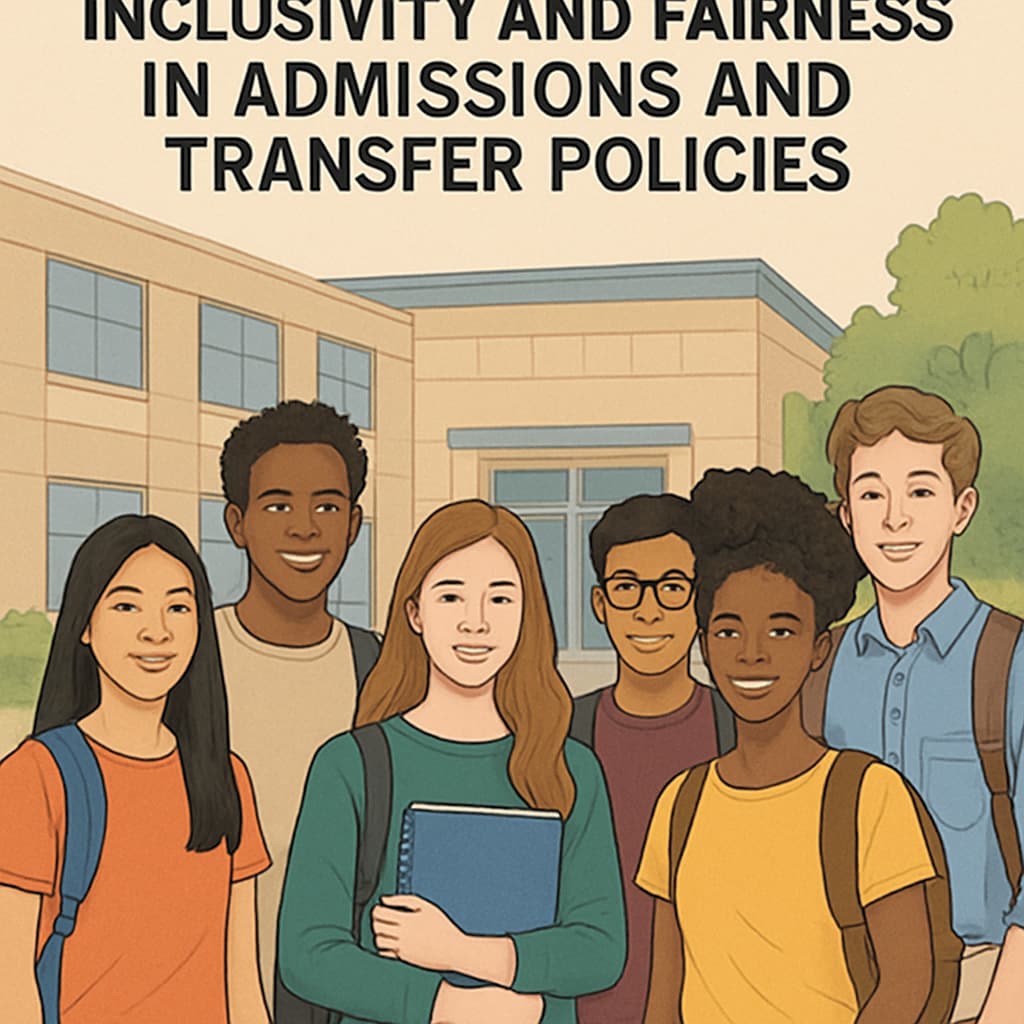In the context of K12 education, the principles of “School Choice” are designed to empower families with the freedom to select schools that best meet their children’s needs. However, the implementation of this policy often encounters significant obstacles. Among these are issues of inter-district communication and school discrimination, which can unfairly hinder transfer applications and restrict families’ ability to choose. These systemic challenges raise critical questions about equity and fairness in education policy.
One persistent problem involves school districts obstructing transfer requests. Whether through bureaucratic delays, vague eligibility requirements, or outright denial without valid justification, families often face unnecessary hurdles when attempting to enroll their children in schools outside their residential zones. These practices contradict the central tenet of “School Choice” and disproportionately affect families with fewer resources or knowledge of their legal rights.

Unfair Practices in Inter-District Communication
Inter-district communication plays a pivotal role in facilitating school transfers. Ideally, school districts should collaborate transparently to ensure families can access their desired schools. However, research indicates that some districts engage in practices that deliberately complicate or block transfers. For example, certain districts impose excessive paperwork requirements or fail to respond to transfer inquiries in a timely manner. These tactics can discourage families from pursuing their rights and create unnecessary barriers to education access.
One notable example is the issue of “silent denials.” In such cases, transfer applications are ignored rather than officially rejected, leaving families in a state of uncertainty. As a result, students may miss critical enrollment deadlines, limiting their options and forcing them to remain in less suitable schools. According to Britannica’s overview of education systems, such administrative inefficiencies can have lasting consequences on academic outcomes and overall student well-being.
Discrimination and Equity Concerns
Discrimination also plays a significant role in obstructing school choice. Some schools and districts may indirectly prioritize higher-income families or families from certain racial or ethnic backgrounds during the transfer process. This can take the form of preferential treatment, such as approving transfers for well-connected families while denying those from marginalized communities. Such practices exacerbate educational inequities and undermine trust in public education systems.
For example, a study by Wikipedia on educational equality highlights how biased policies disproportionately impact minority families, limiting their access to high-quality schools. These systemic barriers weaken the promise of equal opportunity and deepen divisions within communities.

Recommendations for Fair and Transparent Policies
To address these challenges, policymakers and educators must adopt measures that ensure fairness and transparency in school transfers. Below are some actionable recommendations:
- Establish Clear Guidelines: Define explicit, standardized criteria for transfers across all districts to minimize ambiguity and reduce opportunities for discrimination.
- Improve Inter-District Communication: Create centralized platforms where families can track transfer applications and receive timely updates from districts.
- Enforce Accountability: Implement oversight mechanisms to monitor districts’ handling of transfer requests and penalize unjust rejections or delays.
- Promote Equity: Develop policies that prioritize underserved families and ensure equal access to high-quality schools for all students.
By implementing these solutions, education systems can better uphold the principles of “School Choice” while fostering a culture of fairness and inclusion. Families deserve to have their voices heard and their choices respected, free from discriminatory practices and unnecessary barriers.
Conclusion: A Call for Action
The promise of “School Choice” lies in its ability to empower families and promote equitable access to quality education. However, when inter-district communication fails or discriminatory practices persist, this promise becomes compromised. It is crucial for educators, policymakers, and communities to work together in addressing these issues and reinforcing the values of fairness and transparency.
As families continue to navigate the complexities of school transfers, raising awareness and advocating for policy reform remain essential. Only through collective action can we ensure that every student has the opportunity to thrive in an environment that best supports their growth and success.


